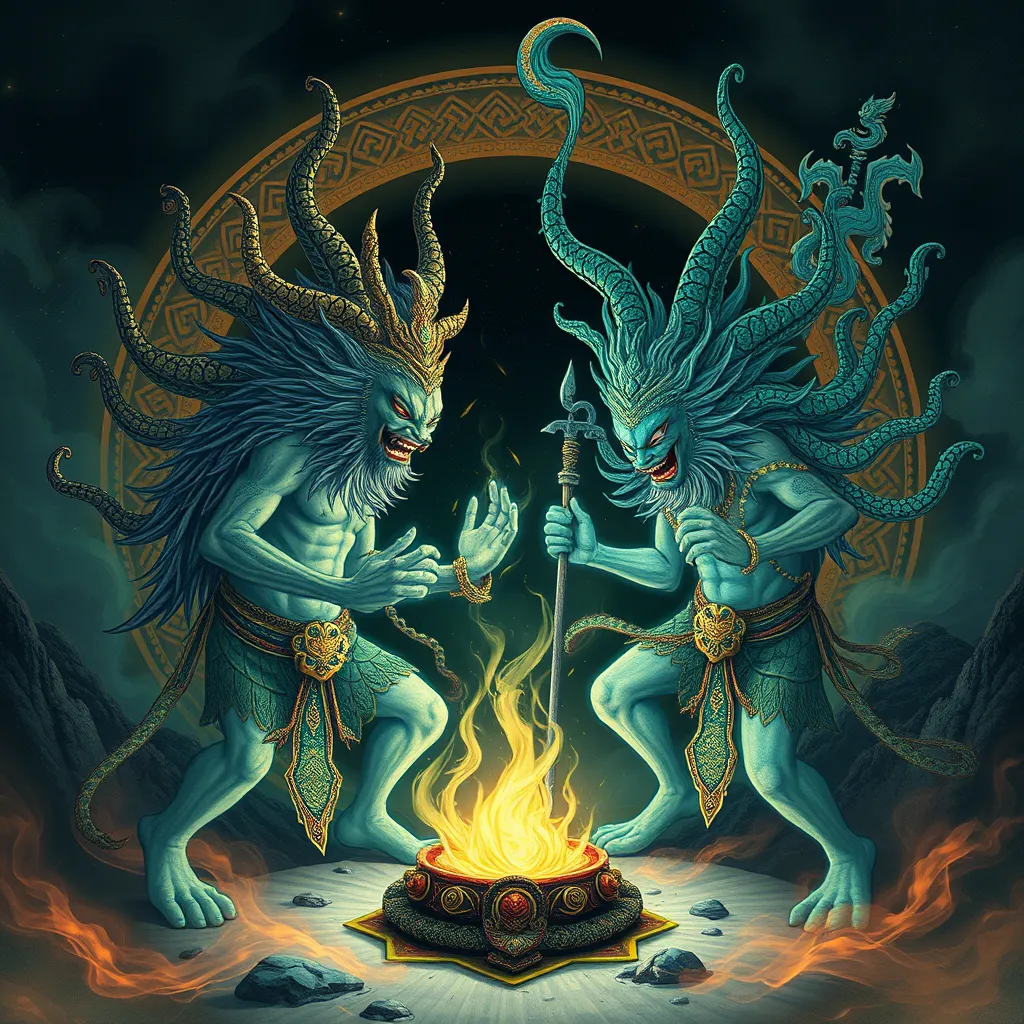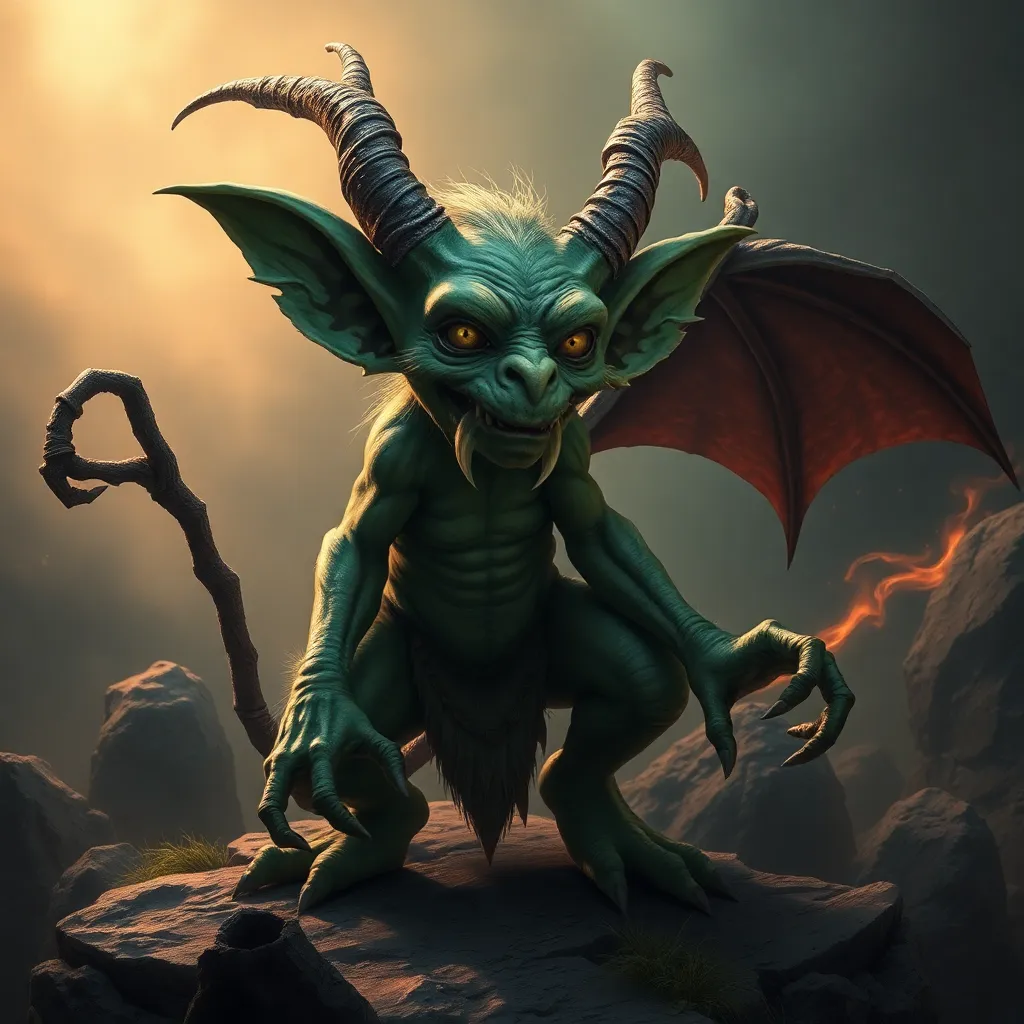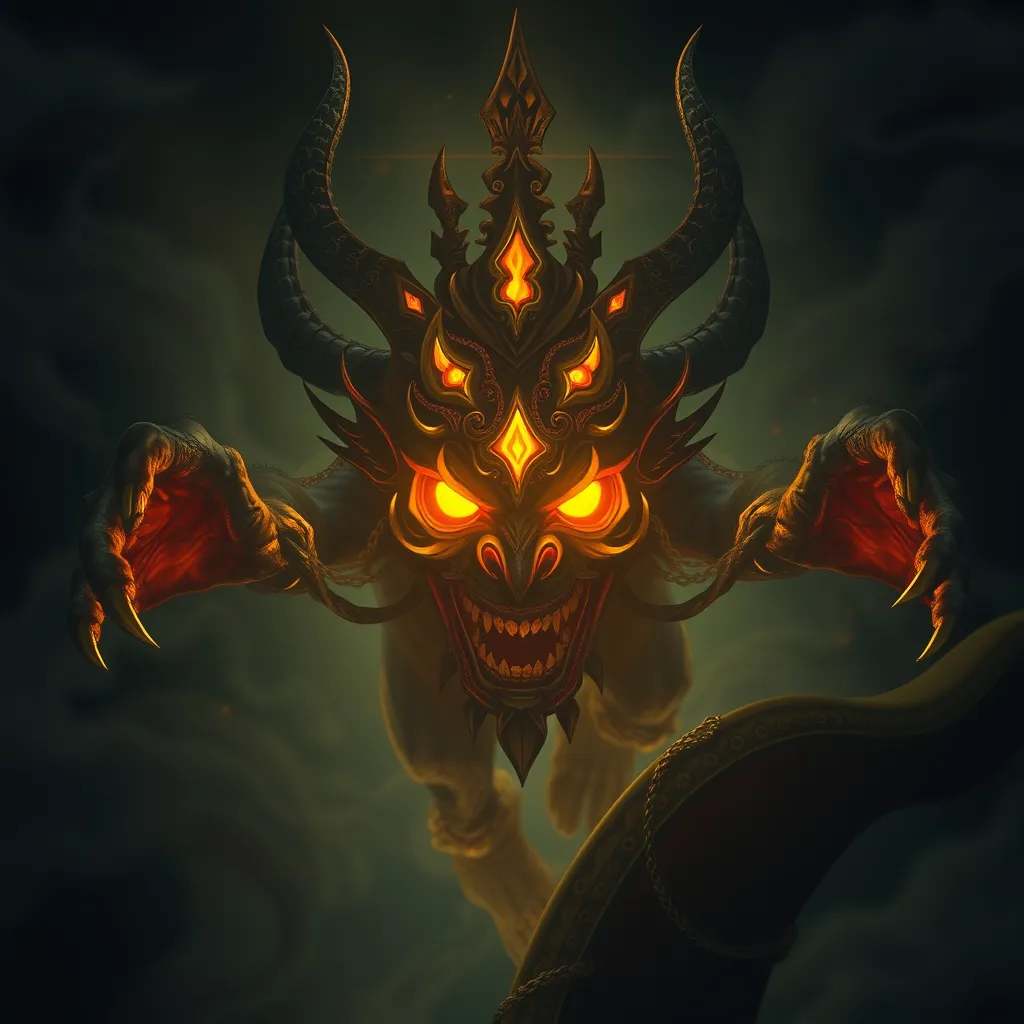Manticore Myths of the Silk Road: Intercultural Exchanges and Transformations
I. Introduction
The Manticore is a legendary creature known for its lion-like body, human head, and a scorpion’s tail, often depicted as a fearsome predator. This mythical beast has captivated the imaginations of various cultures throughout history. The Silk Road, a network of trade routes connecting the East and West, served as a significant backdrop for cultural and economic exchanges, facilitating the spread of ideas, goods, and stories, including the Manticore myth. The purpose of this article is to explore the intercultural exchanges and transformations of Manticore myths along the Silk Road, highlighting how they evolved and adapted across different civilizations.
II. Historical Context of the Silk Road
The Silk Road was not a single road but rather a series of interconnected trade routes that spanned over 4,000 miles, linking Asia with Europe and parts of Africa. It played a crucial role in the exchange of not only silk but also spices, precious metals, and cultural practices.
Key civilizations involved in these exchanges included the Han Dynasty in China, the Persian Empire, and the Roman Empire. Each of these cultures contributed to a rich tapestry of interactions that included trade, diplomacy, and the sharing of ideas.
Myth-making and storytelling were integral aspects of ancient cultures, serving to explain natural phenomena, instill moral values, and entertain. The fluid nature of stories allowed for adaptation and reinterpretation as they traveled along trade routes.
III. The Origins of the Manticore Myth
The earliest references to the Manticore can be found in Persian literature, particularly in texts like the “Wonders of the East,” which describes this creature in vivid detail. It was often portrayed as a symbol of fear and mystery, embodying the unknown dangers of the wilderness.
As merchants and travelers journeyed along the Silk Road, the Manticore myth spread beyond Persia, evolving as it encountered new cultures and interpretations. This process of cultural exchange allowed the Manticore to become a part of various mythologies, adapting to local beliefs and values.
IV. Cross-Cultural Adaptations of the Manticore
The Manticore myth underwent various transformations as it traversed different cultures:
- Persion Culture: Initially depicted as a fearsome creature, representing the chaos of nature.
- Greek Interpretation: In Greek mythology, the Manticore was assimilated into their pantheon, often linked with other mythical creatures, but retained its fearsome reputation.
- Chinese Adaptations: In China, the Manticore-like creature features in folklore, often merging with local fauna, such as the tiger or dragon, symbolizing strength and danger.
The variations of the Manticore reflect how local fauna and mythology influenced its narrative, creating unique adaptations that resonated with different cultures. For instance, while the Persian Manticore was primarily a creature of fear, in Chinese folklore, it could also symbolize protection and power.
V. The Role of Trade in Myth Propagation
The relationship between trade routes and the spread of stories is profound. Merchants and travelers acted as carriers of myths, sharing tales of the Manticore with those they encountered.
Specific trade goods linked to the Manticore myths include:
- Silk: Often associated with luxury and mystery, the allure of silk helped spread stories of exotic creatures.
- Spices: The trade of spices brought diverse cultures together, facilitating discussions where myths like that of the Manticore were shared.
- Precious Metals: Artifacts made from gold and silver sometimes depicted mythical creatures, including the Manticore, which served as a conversation starter among traders.
VI. Artistic Representations of the Manticore
The Manticore’s image has been captured in various forms of visual art across cultures. These artistic representations offer insights into how the Manticore was perceived and the cultural values of the societies that created them.
Different artistic styles have influenced the interpretation of the Manticore, from intricate Persian carpets to Greek pottery and Chinese sculptures. Each medium reflects the cultural context in which it was created:
- Persian Art: Often depicted the Manticore in elaborate designs, emphasizing its fearsome qualities.
- Greek Art: Presented the creature in a more heroic light, sometimes as a challenge for heroes to overcome.
- Chinese Art: Integrated the Manticore into broader mythological narratives, often alongside dragons or tigers.
These representations reflect cultural fears, values, and the human fascination with the unknown, showcasing how the Manticore myth has adapted and transformed through artistic lenses.
VII. Modern Interpretations and Legacy of the Manticore Myth
The Manticore continues to capture the imagination in contemporary literature and media. Modern interpretations often draw on its rich mythological background while reimagining it for new audiences.
In today’s globalized world, the relevance of the Manticore myth can be seen in various forms:
- Literature: The Manticore appears in fantasy novels, often symbolizing the struggle between good and evil.
- Film and Television: Creatures inspired by the Manticore can be seen in popular culture, showcasing the enduring legacy of this myth.
- Video Games: The Manticore is featured in various games, representing formidable opponents or allies.
These modern interpretations not only reflect historical intercultural exchanges but also highlight the adaptability and relevance of myths in contemporary society.
VIII. Conclusion
In summary, the Manticore myth serves as a fascinating lens through which to examine the intercultural exchanges that occurred along the Silk Road. The transformations of this myth illustrate the dynamic nature of storytelling and cultural interactions, emphasizing the significance of myths in understanding human experiences across time and space.
The enduring significance of the Manticore myth highlights the importance of studying myths as a means to comprehend cultural interactions. Future research may delve deeper into other myths along the Silk Road, further unraveling the complex web of intercultural exchanges that shaped our understanding of the world.



